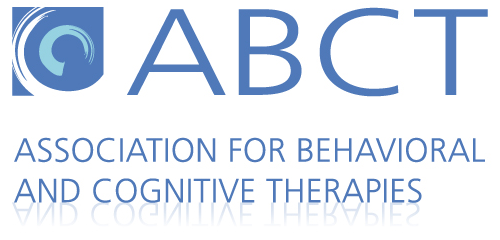How is Research Support Defined?
Created on August 5, 2017. Last updated on May 14th, 2025 at 09:54 am
As with all health care professionals, clinical child and adolescent psychologists are dedicated to offering the best level of care available to the public. This is accomplished by constantly testing and comparing how effectively various treatments work for a variety of child and adolescent mental health problems. Through this research, psychologists are always looking to discover which available treatment currently has the best chance of helping each individual.
In order to summarize and present the current body of treatment research, the Society of Clinical Child and Adolescent Psychology (SCCAP) uses a scale ranging from “Level One” (most support) through “Level Five” (lowest support).
The criteria for each level are defined in more detail below. In short, the current research supporting each treatment listed on this website has been evaluated to determine how effective it is in addressing each behavioral issue or mental disorder.
As new research becomes available, treatments may change levels, moving either up or down. A given treatment also may be categorized differently based on how well it has been shown to work for various child and adolescent concerns, symptoms, and disorders. For example, even though a therapy might be listed as a “Level One” treatment for anxiety, it may not have as much evidence to date to show that it works well for depression.
EffectiveChildTherapy.org will strive to keep its lists up to date based on the latest authoritative information. The standard used stems directly from articles published in the Journal of Clinical Child and Adolescent Psychology (JCCAP), namely those in its Evidence Base Updates (EBU) series. Articles in this series consist of literature reviews that evaluate intervention and assessment techniques, carried out by experienced scholars who complete their work independently of SCCAP. SCCAP tasks itself with making these findings known to the public via EffectiveChildTherapy.org and through other mediums. Importantly, SCCAP/EffectiveChildTherapy.org has no authority to conduct these evaluations on its own or in response to a request from an individual researcher/author or representative of a program.
The EBU article authors published in JCCAP are (a) independent of SCCAP when preparing their evaluation and (b) to the greatest extent possible, must remain independent in terms of their conflicts of interest regarding the treatments or assessments they evaluate. This is what makes articles in the EBU series authoritative in scope, respected by the larger field, and used by independent bodies for the purposes of classifying clinical techniques.
Because of the need to find the appropriate scholar(s) and to have a significant body of published work to review, SCCAP cannot provide assurances or timelines as to when any given intervention might be evaluated. It all depends on the commissioning of EBU articles and the timing of these articles for publication.
Levels of Research Support for Therapy
Level One: Works Well; Well-established Treatments
Level One treatments have the strongest research support. To meet this high standard, these treatments must meet a variety of criteria. Above all, there must be at least two thorough scientific studies, such as large-scale randomized controlled trials, showing that the treatment is more effective in treating children or adolescents’ symptoms, compared to some other treatment or to something that people might believe is a treatment, like a pill placebo.
Level One treatments have been studied by independent teams working at different research settings. That is, the treatment must be one that works well for different scientists, not just the ones who developed the therapy.
Level Two: Works; Probably Efficacious Therapies
Level Two therapies have strong research support, too, but they may not have been tested by different or independent teams, like Level One therapies. It is also possible for a therapy to be considered Level Two if only one study shows the treatment is much more effective than a Level One therapy or if at least two studies show it is better than no treatment.
Level Three: Might Work; Possibly Efficacious Therapies
Level Three therapies could be called “promising therapies.” There may be one study showing that the treatment is better than no treatment, or there may be a number of smaller clinical studies without all of the appropriate procedural controls. Overall, confidence that a Level Three treatment works consistently is not as strong as it could be.
Level Four: Unknown/Untested; Experimental Therapies
Level Four therapies may be in use, but have not been studied carefully. Some would suggest that these treatments should be avoided until further evidence is available. However, for some child/adolescent symptoms or disorders with limited therapy options, a treatment at this level could be worth considering.
Level Five: Does Not Work/Tested But Did Not Work
Level Five therapies have been tested in well-designed studies and have not yet shown positive results. A Level Five treatment may either not be better than no treatment (or other comparison treatments) or else the treatment actually made symptoms or behaviors worse. While it is possible that new studies will show that a Level Five therapy works better in the future, a therapy currently listed as Level Five would not be a good treatment option.
Source(s):
Southam-Gerow, Michael A.; Prinstein, Mitchell J. 2014. Evidence Base Updates: The Evolution of the Evaluation of Psychological Treatments for Children and Adolescents. Journal of Clinical Child & Adolescent Psychology, 43(1), 1-6. https://doi.org/10.1080/15374416.2013.855128








